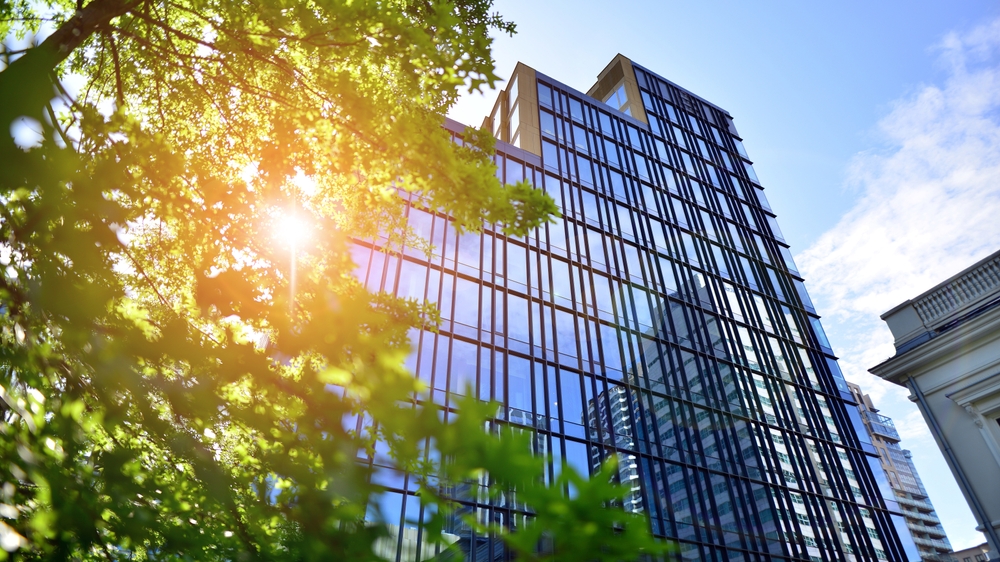Commercial, Energy Efficiency, GHG Emissions - September 6, 2024
DOE Allocates Funding for Building Codes
The U.S. Department of Energy (DOE) announced 19 state and local governments will receive over $240 million to adopt and implement the latest energy efficient or innovative building codes.
These improvements will help save residents and commercial building operators money on their utility bills. Analysis from a National Lab shows that building energy codes make the electric grid more resilient and help save lives in climate-fueled extreme heat and cold and during extended power outages.
The recipients will receive direct technical assistance to support the adoption and implementation of traditional energy codes, zero energy codes and building performance standards.
The grants are funded by the Inflation Reduction Act (IRA) and administered through DOE’s Office of State and Community Energy Programs.
These grants are part of a suite of support, including formula funding to states and territories from the IRA and additional grants from the President’s Bipartisan Infrastructure Law, that DOE is providing to states, localities, territories, tribes, and their partners to advance both traditional and innovative building energy codes resulting in more resilient, more-efficient and better buildings across the country.
“State and local governments are taking on advanced, proven solutions that will help save energy bills while making their communities more resilient in the face of climate change – and the Biden-Harris Administration is helping them achieve these goals,” said U.S. Secretary of Energy Jennifer Granholm in a statement. “DOE is helping jurisdictions move further and faster in implementing stronger codes that will provide Americans safer, healthier, and more comfortable places to live, work, and play."
Existing commercial and multi-family buildings, under the umbrella of an innovative code like a building performance standard, can cut energy costs and GHG gas emissions. The National Building Performance Standard Coalition estimates that approximately 25% of commercial buildings fall under a building performance standard, which will improve buildings for almost 74 million people.
If all coalition members are successful in standing up retrofit policies and related programs, this will mean better buildings for more than 90 million people. In addition, homes built to the latest building energy codes (the model energy codes published by the International Code Council or American Society of Heating, Refrigerating and Air-Conditioning Engineers Standard 90.1) are nearly 40% more efficient than homes built 15 years ago.
Read These Related Articles:
Stay Up-To-Date












